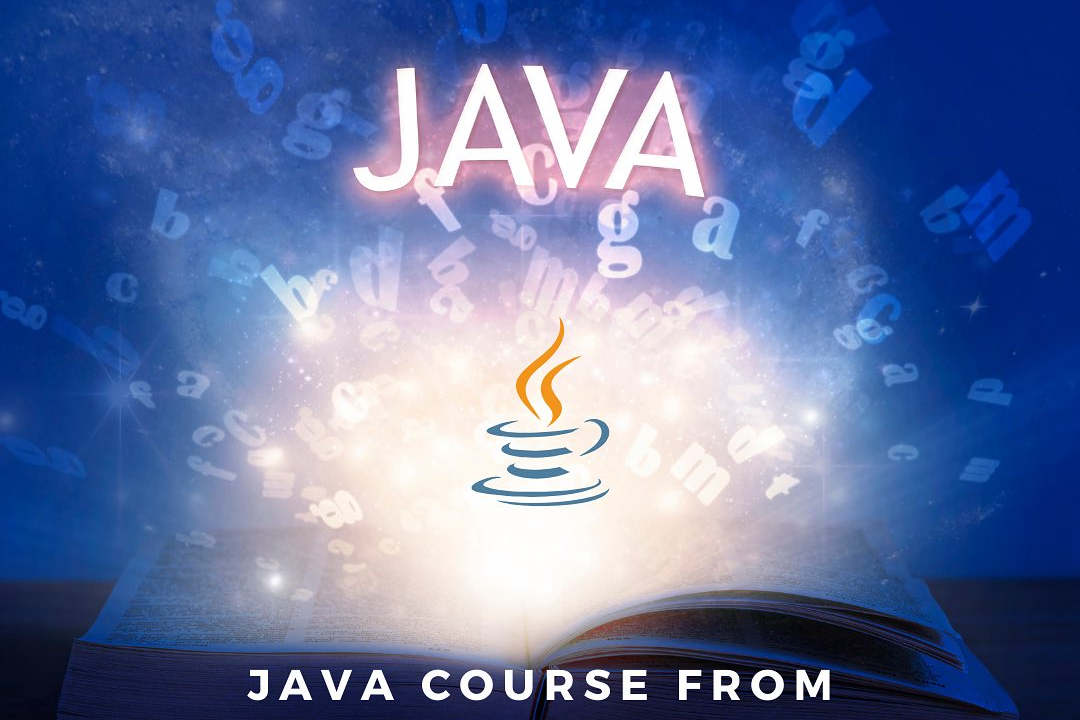Java cache strategies
Optimizing Java Applications with Effective Caching Strategies
Java cache strategies
Java cache strategies are techniques used to store frequently accessed data in memory, improving application performance by reducing the need to repeatedly fetch data from slower sources such as databases or external services. Common caching strategies include in-memory caching, where data is stored within the application's memory (using libraries like Ehcache or Caffeine), and distributed caching, where caches are shared across multiple instances or servers (using solutions like Redis or Hazelcast). Additionally, cache eviction policies, such as Least Recently Used (LRU), Time-to-Live (TTL), and write-through or write-behind caching methods, determine how stale data is managed and how updates are propagated to the cache. Effective cache strategies enhance response times and reduce latency, making applications more efficient and scalable.
To Download Our Brochure: https://www.justacademy.co/download-brochure-for-free
Message us for more information: +91 9987184296
1 - Definition of Caching: Caching is the process of storing frequently accessed data in a temporary storage location (cache) to improve data retrieval performance.
2) Benefits of Caching: Caching helps reduce latency, decrease database load, enhance application performance, and enable faster data access.
3) Cache Types: There are several types of caches such as in memory caches (e.g., Snappy, Ehcache), distributed caches (e.g., Redis, Hazelcast), and remote caches.
4) Cache Strategies: Common strategies include read through, write through, write behind, and refresh ahead, each with different use cases and performance implications.
5) Read Through Cache: In a read through cache, if the data is not found in the cache, it is retrieved from the underlying data source and cached for future access.
6) Write Through Cache: A write through cache synchronously writes data to both the cache and the underlying data store to ensure consistency.
7) Write Behind Cache: In a write behind cache, the data is written to the cache and then asynchronously written to the underlying data store, improving write performance but risking consistency.
8) Cache Eviction Policies: Common eviction policies like Least Recently Used (LRU), First In First Out (FIFO), and Least Frequently Used (LFU) determine how stale data is removed from the cache.
9) Cache Expiration: Caches can be configured with expiration times (TTL Time To Live) to automatically invalidate stale entries after a certain period.
10) Cache Coherency: Maintaining cache coherency is crucial in distributed applications to ensure that all nodes have the same view of the cached data.
11) Hybrid Caching: Combining multiple caching strategies (e.g., in memory and disk based caches) can optimize performance and storage costs.
12) Profiling Caching Needs: It’s important to analyze application access patterns and performance metrics to tailor the caching strategy effectively.
13) Cache Railgun: Implementing a railgun strategy to use cache effectively in microservices architecture can simplify state management and reduce dependencies.
14) Distributed Cache Examples: Discuss popular distributed caches like Redis and Hazelcast, which provide horizontal scaling and high availability.
15) Cache Management Tools: Introducing tools and libraries (e.g., Spring Cache, Caffeine, Apache Ignite) that help in implementing and managing caching effectively.
16) Performance Monitoring: Continuous monitoring of cache performance through metrics such as hit rate, eviction count, and latency is essential to optimize caching strategies.
17) Use Cases for Caching: Highlight scenarios where caching can be beneficial, such as web applications, API responses, session management, and data analytics.
18) Scaling Caches: Discuss strategies for scaling caches vertically (by adding resources) and horizontally (by adding more cache nodes) based on application demands.
This structured overview should provide a comprehensive foundation for a training program dedicated to Java cache strategies, allowing students to understand both the theoretical and practical aspects of caching in their applications.
Browse our course links : https://www.justacademy.co/all-courses
To Join our FREE DEMO Session: Click Here
Contact Us for more info:
Challenges In Android Development
Java System Integration
software testing courses for freshers
Flutter Training in Warora
Flutter Training in Tamluk











